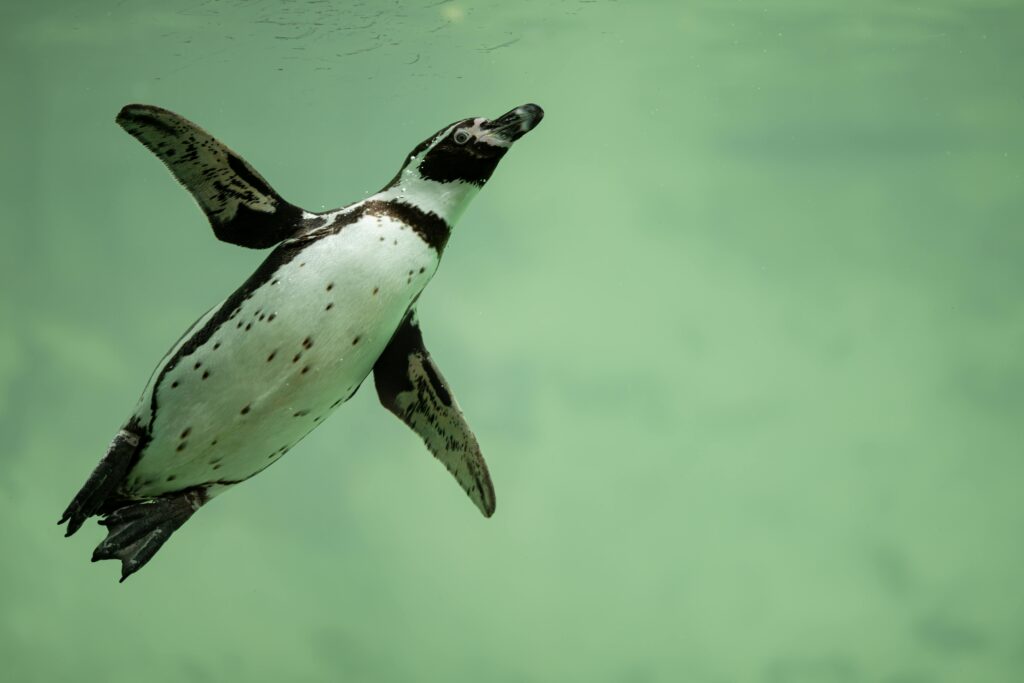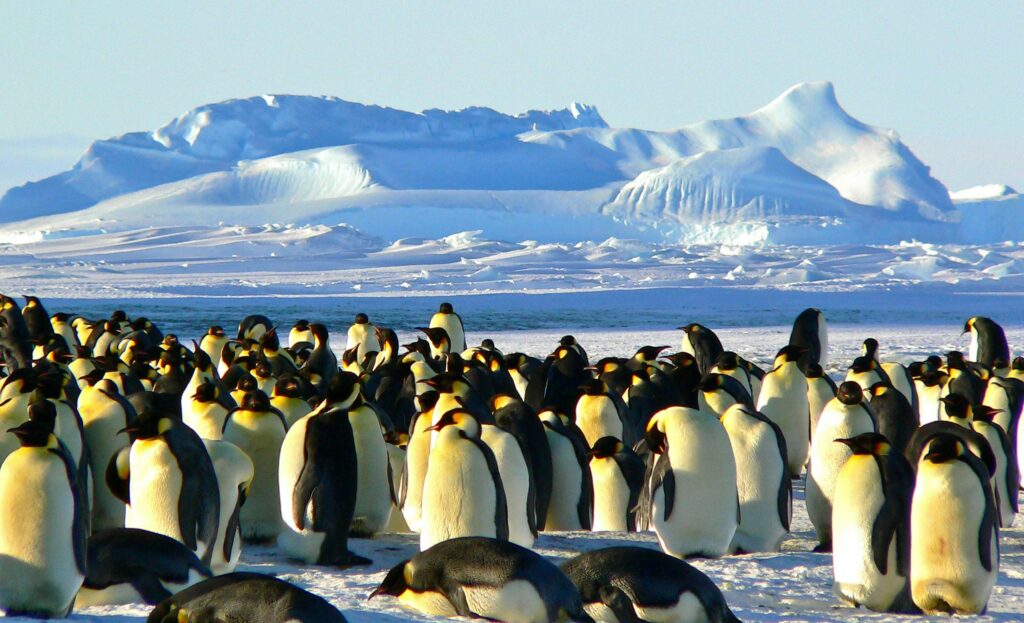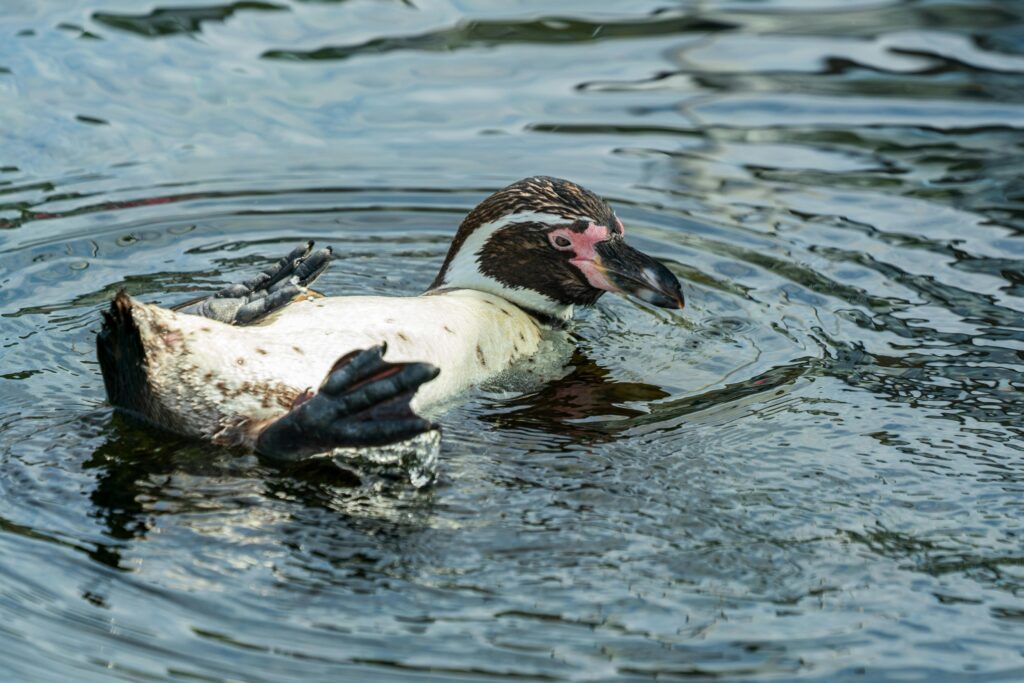Penguins, with their waddling gait and charming personalities, have long captured human fascination. But beyond their adorable appearances lies a remarkable and intricate world of love, commitment, and survival. From elaborate courtship rituals to deep emotional bonds, penguins exhibit fascinating behaviors when it comes to mating and relationships. Let’s dive into the secrets of their unique love lives and how they build lasting connections in the harshest environments on Earth.
1. The Love Life of Penguins: Courtship and Pair Bonding
Penguins are famous for their strong pair bonds, often staying together for many breeding seasons. Their romantic journey begins with elaborate courtship rituals that help strengthen their connection.
- Gift Giving as a Symbol of Love: Many male penguins present small pebbles to their potential mates. These pebbles are essential for building nests, but they also serve as a romantic gesture. A well-chosen pebble can be the start of a lifelong bond.
- Vocal Serenades: Penguins recognize each other through distinctive vocal calls. Mates often engage in duet-like calling, reinforcing their connection in massive colonies where thousands of birds look similar.
- Dancing and Displays: Some penguins engage in synchronized movements, head-bobbing, and bowing to attract a mate. This visual display is an essential part of selecting the right partner.
- Preening as an Act of Affection: Penguins often groom each other as a sign of bonding, using their beaks to clean and arrange their partner’s feathers.
2. Mating and Strengthening the Bond
Once a pair has formed, they take their relationship to the next level through physical bonding and shared responsibilities.
- Gentle Mating Rituals: Unlike many other birds, penguins engage in a careful and affectionate approach to mating. They often nuzzle, tap their beaks together, and continue vocalizing to maintain their bond.
- Long-Term Commitment: Many species, such as emperor and gentoo penguins, remain with the same partner for multiple breeding seasons, reuniting each year through their distinctive calls and displays.
3. The Egg-Laying Process and Incubation
Once mating is complete, the next phase of their journey begins: laying and incubating eggs.
- Laying the Precious Egg: Female penguins lay one or two eggs, depending on the species. Emperor penguins lay a single egg, while others, like Adélie and gentoo penguins, may lay two.
- Shared Parental Duties: Both parents take turns incubating the eggs. The male and female work together, ensuring the egg stays warm and protected.
- Extreme Sacrifice: In emperor penguins, the male takes full responsibility for incubating the egg, balancing it on his feet under a special brood pouch for about 65 days while enduring the Antarctic winter without food.
4. Raising Their Chicks Together
After the egg hatches, both parents continue their commitment to raising their chick.
- Regurgitating Food: Parents take turns hunting and bringing back food, feeding the chick by regurgitating partially digested fish and krill.
- Protection from the Elements: Penguin parents shield their young under their bodies or in specially formed huddles to protect them from cold and predators.
- Teaching Survival Skills: As the chick grows, it begins learning vital survival skills, such as swimming and foraging for food.
5. From Fledglings to Independent Adults
As chicks mature, they prepare to leave their parents and venture into the ocean.
- Molting into Adulthood: Before they can swim, young penguins must shed their soft down feathers and develop waterproof plumage.
- Final Goodbyes: Once ready, they leave their colony to start their own journeys, but many return to their birthplaces to find mates and continue the cycle of love and commitment.
Conclusion: A Love Story for the Ages
Penguins’ relationships are a beautiful testament to love, commitment, and perseverance. From heartfelt courtship rituals to years of partnership, their ability to form deep bonds is a reminder of the power of love in nature. By studying their behaviors, we not only gain insight into their incredible world but also understand the importance of protecting their habitats to ensure their love stories continue for generations to come.




